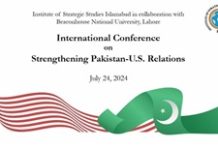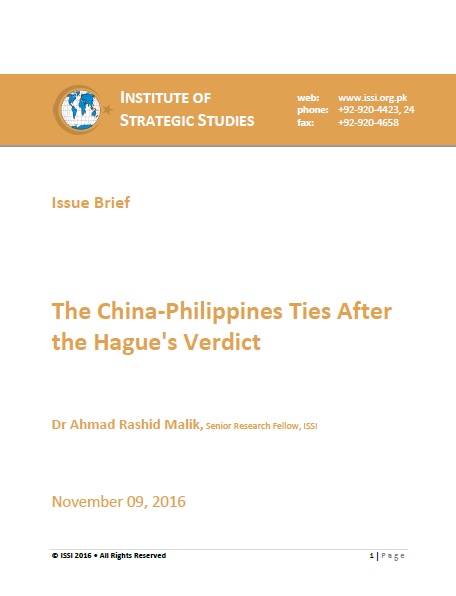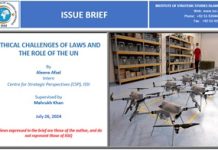Introduction
China’s has thorny ties with some of its East Asian neighbours because of the overlapping historical claims over a number of islands in the South China Sea. The Philippines does not border with China directly, but the island’s Cebu Port is only 1,600 km from Shanghai. Both countries contest over Scarborough Shoal (Huangyan Island in China), a small island in the South China Sea. The Philippines claimed that China has illegally seized control of the Scarborough Shoal in 2012 after a lengthy standoff. This created a fissure between the two countries.
Arbitration
The Philippines attempted to use the right to the Exclusive Economic Zone (EEZ) granted to all States to use sea resources up to 350 nautical miles under the United Nations Convention on the Law of the Sea (UNCLOS) of 1982. China refuted any such claim and emphasised on its historic rights since ancient times in conformity with its own demarcation principle of the Nine-Dash-Line in the South China Sea. China’s found the Philippines case as somewhat unilateral.[1] From the very beginning, China did not accept arbitration and filling of the case.
The Philippines Government filed a case in the Permanent Court of Arbitration at the Hague, Netherlands, on 22 January 2013 against China. After a 53 months-long hearing, the Court passed the judgement on 12 July 2016 in favour of the Philippines’ petition.[2] The ruling has legal bearings and the position of the respective countries and their supporters needs also to be looked upon, which presented a critical posture.
















